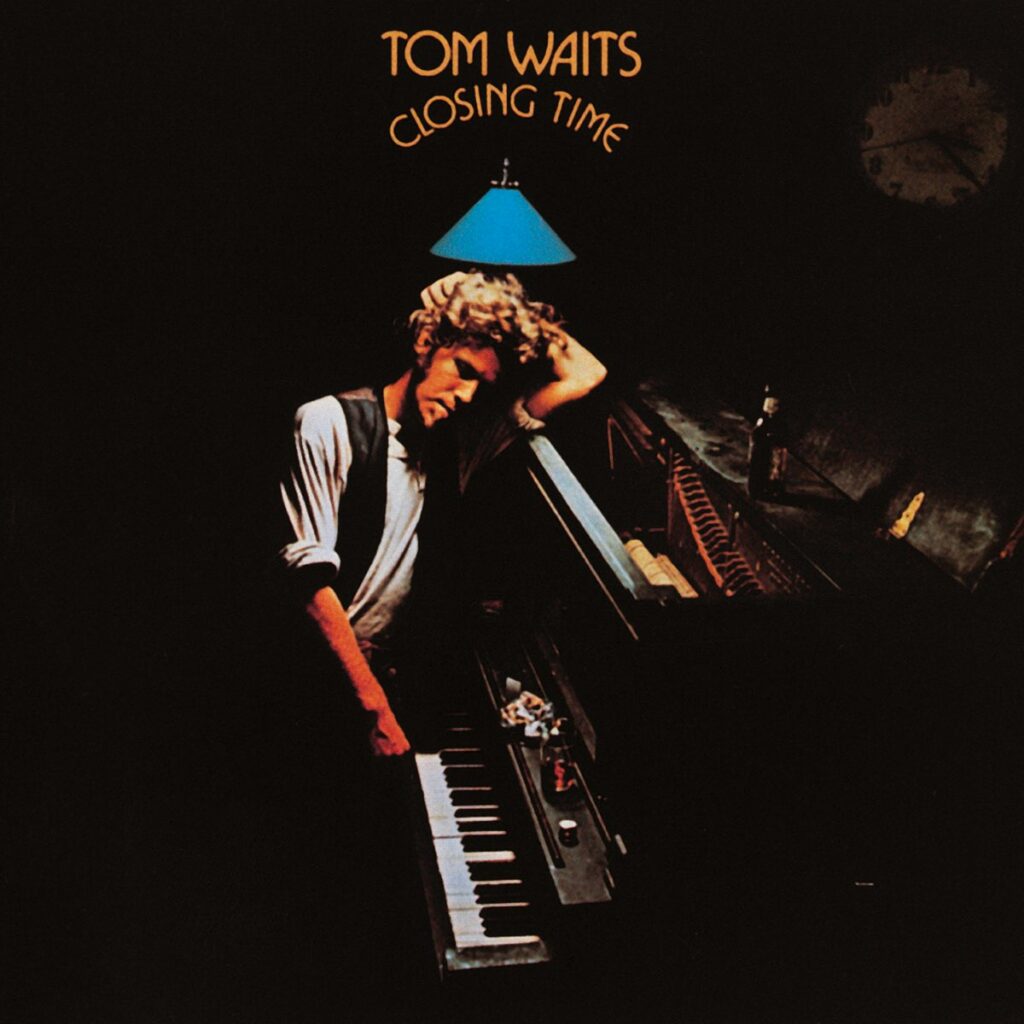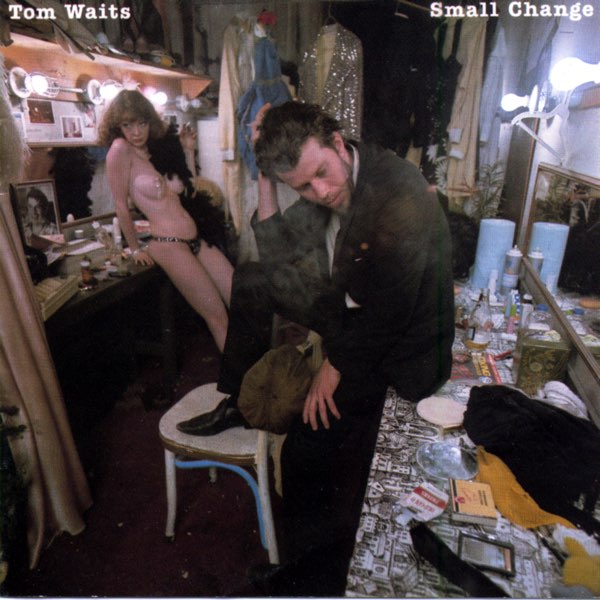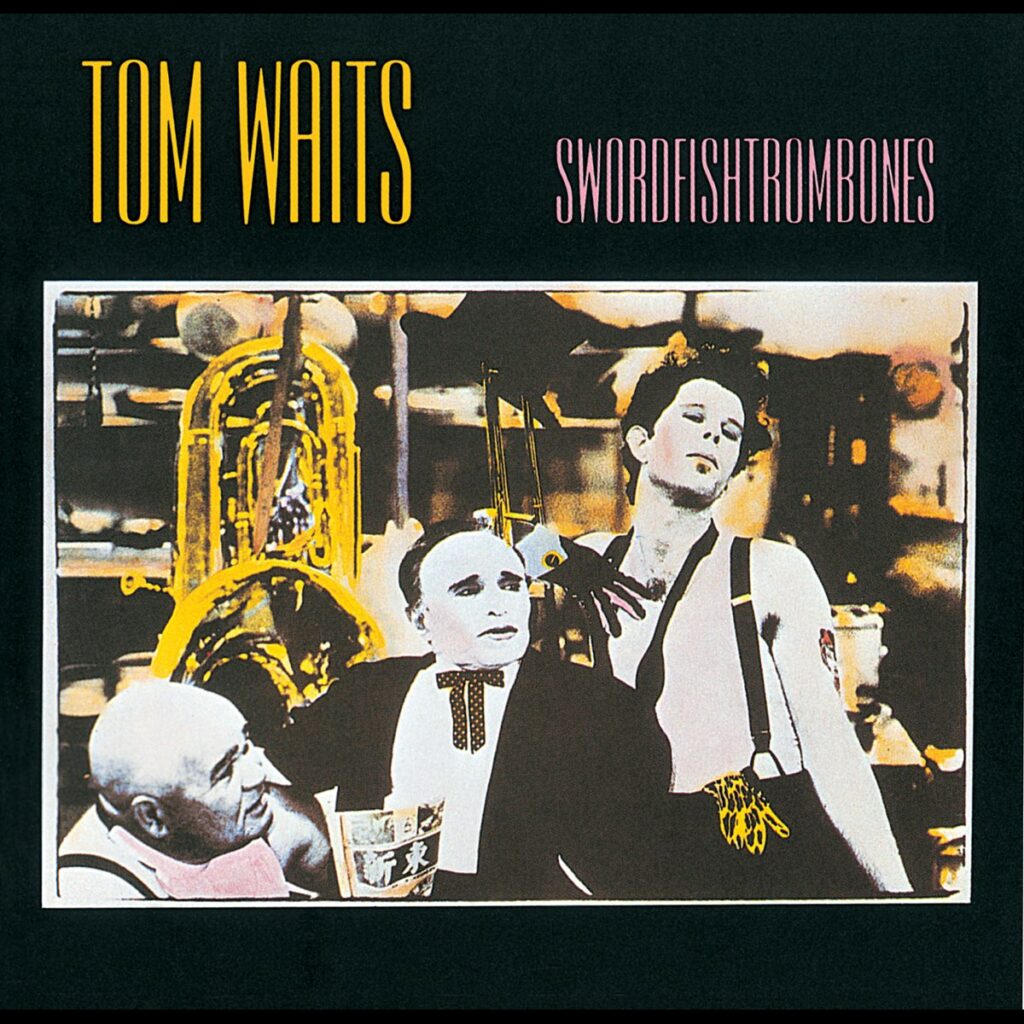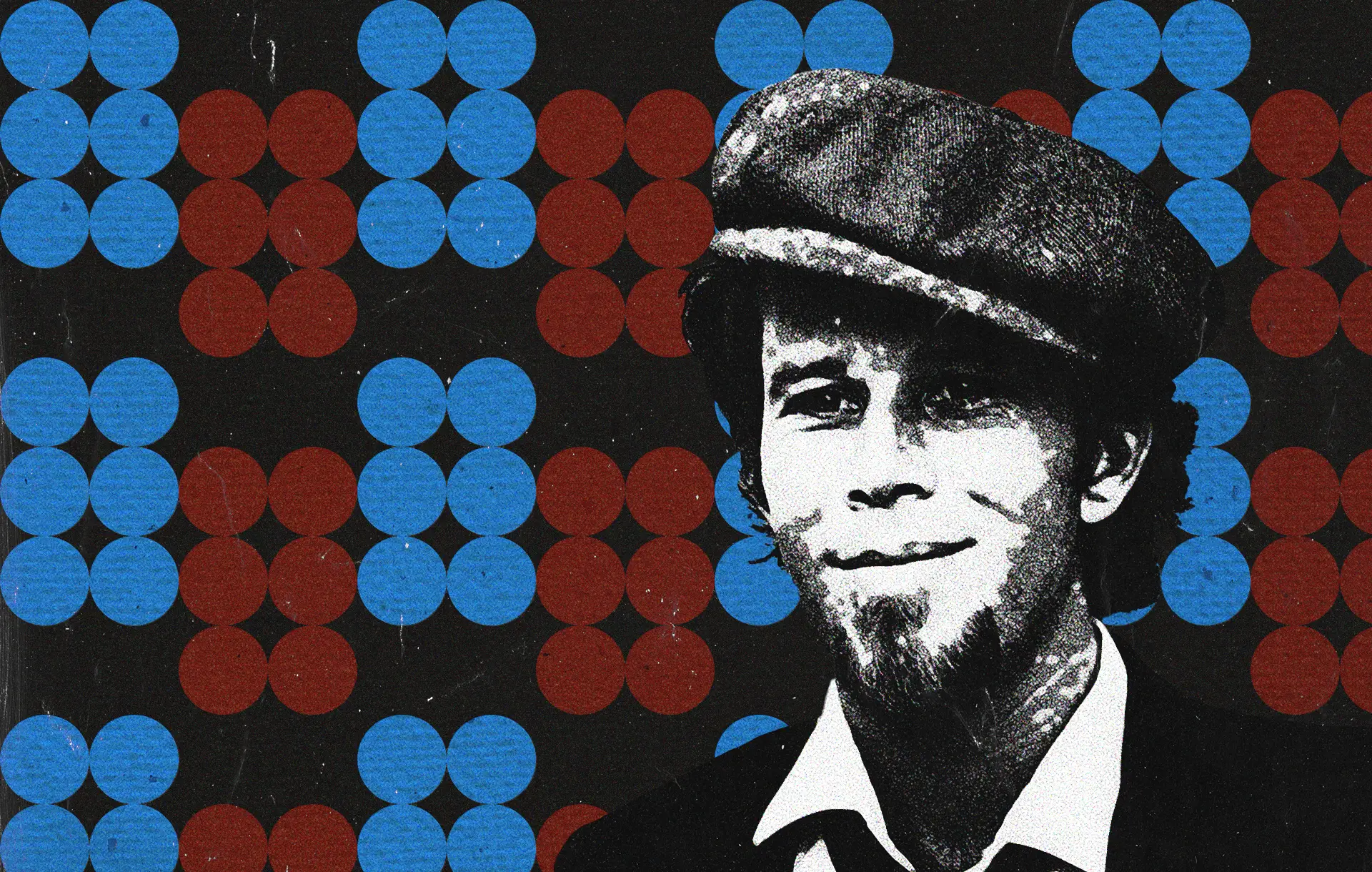If you are ever looking for an all-around artist who was not only a songwriter, and a musician, but also an actor, writer, humorist, and whatnot, Tom Waits should surely be close to the top of anybody trying to compile such a list.
Sure, Waits is mainly considered a singer-songwriter, but that tag should be attached to his name in its very loose, broad meaning, as Waits changed his musical style throughout his career, veering from straightforward jazz to everything else, including left-field rock, vaudeville, avant-garde classical to something that was a combination of everything that can only be called Tom Waits music.
Then there were his lyrics and his unique vocals. Obviously well-read, particularly well-versed in beat poets like Jack Kerouac, Waits often covered the world seen in Edward Hopper’s paintings or in any of the stranger “Twilight Zone” episodes. He was often able to inject a hefty dose of humor with dark overtones and sardonic elements not only in his songwriting but also interviews, with: “I’d rather have a bottle in front of me than a frontal lobotomy,” and “I’ve always maintained reality is for people who can’t handle drugs,” are two that are often cited.
Waits vocals are a story in themselves. He described them as “the sand in the sandwich,” yet being able to change its tone and timbre, as the song itself required it.
Then there is his acting career, which veered from brief support roles in Sylvester Stallone and Francis Ford Coppola films to having large roles for Jim Jarmusch and Coen Brothers.
Starting Out – Diners, Bars, and Cigars
It all started in an almost ordinary way for Thomas Alan Waits (born December 7, 1949) – in California’s O’Farrell Community School, where he fronted a school band, the Systems. In his own words, it was a group of “white kids trying to get that Motown sound.” Then, at some point, Waits got fascinated by Bob Dylan, when he was placing transcriptions of Dylan’s lyrics on his bedroom walls. At the time, he was also an avid watcher of The Alfred Hitchcock Hour and The Twilight Zone, something that strongly influenced his songwriting.
Before his music career truly began, Waits worked at Napoleone’s pizza restaurant in National City, California, and it seems that both there and at a local diner, he developed an interest in the lives of the patrons; writing down phrases and snippets of dialogue he overheard. He also noted in his interviews that he worked in the forestry service as a fireman for three years and served with the Coast Guard.

His musical career truly began when in 1969 when he gained employment as an occasional doorman for the Heritage coffeehouse, which held regular performances from folk musicians, where he started to perform himself.
He then moved on to singing in diners, bars, and cigar stores and eventually signed a contract with Frank Zappa‘s Bizarre label co-founder Herb Cohen as his manager and recorded his first album Closing Time (1973). The album was produced by then-in-vogue producer Jerry Yester. The sound was close to the singer-songwriter music coming at that time from his then-label Asylum. At the time, with Waits’ unique vocals yet in development, the album didn’t register much either with the critics or the public.
From Hit by Fruit on Stage to Reviving Beat Jazz
It seems that being managed by Cohen wasn’t going much in Waits’ favor, as the manager persuaded him to join Frank Zappa’s shows as a support act, instead of going on to record a new album of more jazz-oriented material like Waits wanted to do at the time. Waits joined Zappa’s tour in Ontario, but like the previous support act, singer Karen Dalton, he found the audiences hostile. While on stage he was jeered at and pelted with fruit.
Waits finally got the chance to record his follow-up album Heart of Saturday Night (1974). And while the album started to gain attention, Waits himself wasn’t very fond of it, describing it as “very ill-formed, but I was trying”.

His third album, Small Change (1976), saw Waits fully form his voice both literally, and as a songwriter. It was also his first album to start registering in album charts. This was when he started to establish himself as a noted producer, having co-produced the album with Bones Howe.
The following two albums Foreign Affairs (1977) and Blue Valentine (1978) marked Waits’ journey into creating his very recognizable sound by mixing beat jazz and traditional sounds with unusual instrumentation in an almost cinematic way.
During that period, in May 1977, Waits and his close friend Chuck E. Weiss were arrested for fighting with police officers in a coffee shop. They were charged with two counts of disturbing the peace but were acquitted after the defense produced eight witnesses who refuted the police officer’s account of the incident In response, Waits sued the Los Angeles Police Department and five years later was awarded $7,500 in damages.
It’s too early for the circus, it’s too late for the bars
“Saving All My Love For You,” 1980
Everyone’s sleepin’ but the paperboys
And no one in this town is makin’ any noise
But the dogs and the milkmen and me
Change of Direction: Into Directions
As the ’80s came in, big changes set in for Waits. After the release of Heartattack and Vine (1980), Tom Waits, while still producing cinematic and unique soundscapes (his soundtrack for Copolla’s One From The Heart (1981), began to move away from his beat jazz and more traditional sounds into more experimental directions.
This change coincided with his marriage to Kathleen Brennan, split from his manager and record label, and move to New York City. This was further emphasized by Tom’s collaboration with producer/musician Tom Newman in his album Swordfishtrombones (1983).

According to his own account, at the time, Waits was particularly influenced by the avant-garde, both rock and classical with the out-there music of Captain Beefheart and experimental classical composer Harry Partch.
Both Swordfishtrombones and Rain Dogs (1985) exemplify these changes and Waits’ movement not in one, but in a multitude of directions. Both of these albums are considered among his best and are the ones that are most listed among the best modern, music albums of all time.
It seems that from there on, it was hard to stop Waits, who in a series of albums moved practically in all directions, from truly experimental (Bone Machine, 1992), to theatre music (Robert Wilson/William S. Burroghs’ production of Black Rider [1993], Alice [2002] and others), to more melody oriented music of Mule Variations (1999).
The Tom Waits Sound
It has been more than a decade since Waits has come up with any new music (at least in released form). Yet, as his albums were becoming increasingly self-referential as if Tom Waits was trying to create his own world inhabited by Tom Waits’ music (as some critics thought), it definitely turned out into something that can bear the title of “Tom Waits sound.” It was a sound that earned him both critical acclaim and commercial success, deservedly, for sure.
Talking about his songwriting process, Waits noted: “Sometimes a song just comes out of nowhere. Other times you chase one song for a couple of days and then you wind up with nothing. Then you have to bring them back from where you found them, and sometimes they escape. Sometimes they die. Sometimes they get sick first and then die. Sometimes they kill you.”
Throughout his career, with his songwriting, and his one-of-a-kind voice, as well as his acting and other artistic activities, Tom Waits has continued to surprise fans and critics alike with his music, songwriting, and performances. Clearly, Tom Waits has had a great influence on other musicians, constantly pushing boundaries and creating something really special. Tom Waits is truly one of America’s most talented artists, whether he comes up with something new, or not.





